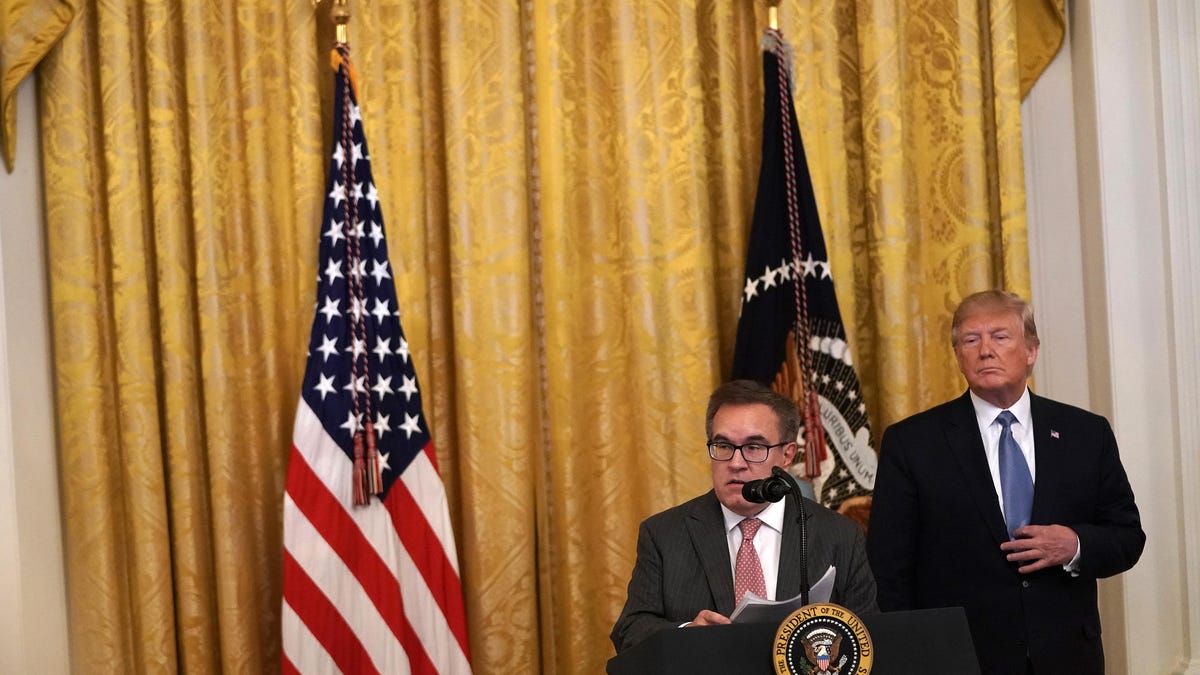Trump administration issues rule to set one national fuel economy standard
The new rule is part of the White House's proposal to freeze fuel economy standards.

The EPA and NHTSA asserted full authority with the rule issuance.
A day after learning the Trump administration will revoke California's emissions waiver, the EPA and NHTSA announced the government's next step on Thursday. The agencies debuted the "One National Program Rule," which essentially gives the federal government full authority to set a single national fuel economy standard.
The rule affirms the federal government as the only body with the ability to set such standards. Local and state governments "may not establish their own separate fuel economy standards," according to the announcement.
Secretary of Transportation Elaine Chao underscored the regulatory changes and in a statement said, "Today's action meets President Trump's commitment to establish uniform fuel economy standards for vehicles across the United States, ensuring that no state has the authority to opt out of the nation's rules, and no state has the right to impose its policies on the rest of the country."
Her comments reflect the Trump administration's move to revoke California's waiver. Since 2013, California has had the authority to set separate greenhouse gas standards, which essentially allowed the state to all but mandate plug-in vehicle sales. EPA Administrator Andrew Wheeler said the new rule will provide regulatory certainty for automakers -- a shot at California for basically creating a subset of "compliance cars" for the market.
"One national standard provides much-needed regulatory certainty for the automotive industry and sets the stage for the Trump administration's final SAFE rule that will save lives and promote economic growth by reducing the price of new vehicles to help more Americans purchase newer, cleaner and safer cars and trucks," he said.
The other parts of the proposed fuel economy and emissions changes are still in the works. Wheeler has previously hinted, however, they will not be as relaxed as the initial proposal last year. The EPA also noted California can continue to operate and enforce its Low Emission Vehicle program and other clean air standards to battle smog problems locally.
The White House continues to set the stage for a bitter legal battle. California and its Air Resources Board have vowed not to enforce less stringent fuel economy and emissions standards, arguing it's a state's rights issue. The state went as far as signing a voluntary greenhouse gas pact with four automakers, though the Department of Justice has since opened an antitrust investigation over the deal.
CARB did not immediately respond to a request for comment on today's news.
Automakers have long argued for relaxed fuel economy standards that are more in line with today's realities, though they've also said the government's proposed standard goes too far. Current regulations will see fleet-wide fuel economy rise to 46.7 miles per gallon by 2026. The White House's proposal will dial the figure back to 37 mpg, essentially freezing all increases at 2020 levels.

